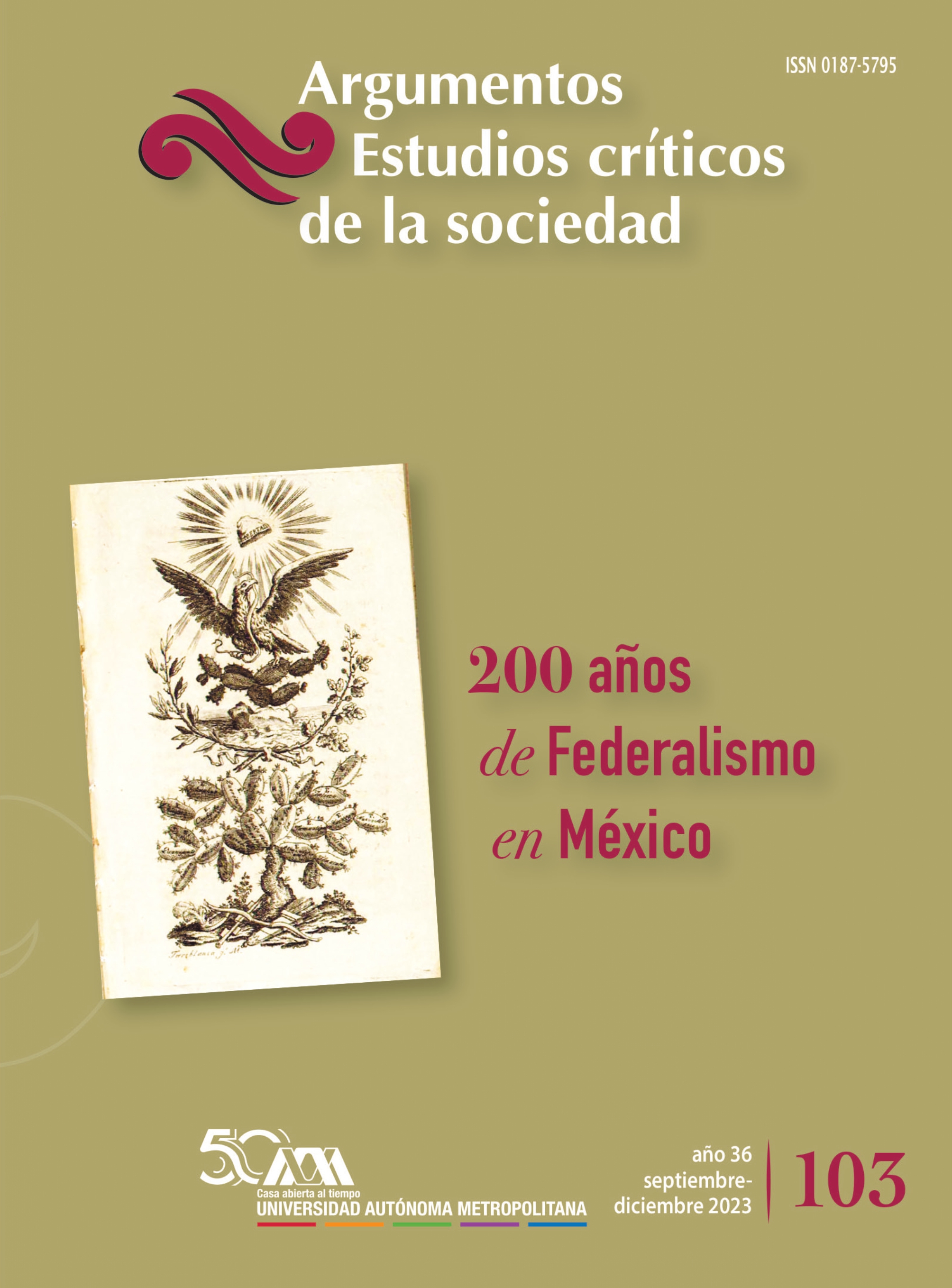¿Por qué la Constitución de 1917 legisló a favor del trabajo?
La evolución de las relaciones laborales en los ferrocarriles mexicanos, 1883-1923
Keywords:
1917 Constitution, article 123, textile workers, railroad workers, rules of workAbstract
This article looks at three different viewpoints in the literature regarding the question of why the 1917 Constitution had a pro-labor nature, producing the most advanced labor legislation in Latin America. The first is the official one, which assumes the unity of purpose of people and state who together achieve these results; the second, more Maquiavelian and top down, suggests that the origin was a political maneuver of the victorious Carrancista faction, that offered concessions to the labor movement as a means to achieve its political control; the third and final, sees some value in the second, but emphasizes the depth of the autonomous mobilization of workers themselves, who took the opportunity opened by the fall the Porfirian order to mobilize, organize unions, exercise their own violence in the workplace to impose a de facto reform of earlier industrial relations, one more favorable to them. It was a worker’s revolution within the Mexican Revolution. The authors offer historical evidence taken from the textile and railroad industries, before and after the revolution.
References
Águila, Marcos T. y Jeffrey Bortz (2012). “The Rise of Gangsterism and Charrismo. Labor Violence and the Postrevolutionary Mexican State”, en Wil G. Pansters, Violence, Coercion and State-Making in Twentieth Century Mexico. The Other Half of the Centaur. Stanford: Stanford University Press, pp. 185-211.
Bortz, Jeffrey y Marcos T. Águila (2015). “Command and control at work: The evolution of the rules of work on Mexican railroads, 1823-1923”, Labor History, vol. 56, núm.5. Stanford: Stanford University Press.
Brown, Jonathan C. (1993). Oil and revolution in Mexico. Berkeley: University of California Press.
Bensusán Areous, Graciela (1992). “Institucionalización laboral en México. Los años de la definición jurídica, 1917-1931”, tesis doctoral. México: UNAM.
Cárdenas García, Nicolás (1998). Empresas y trabajadores en la gran minería mexicana, 1900-1929. La Revolución Mexicana y el nuevo sistema de relaciones laborales. México: INHERM.
Carr, Barry (1987). El movimiento obrero y la política en México (1910-1929). México: Ediciones ERA (primera edición, SEP, 1976).
Córdova, Arnaldo (1973). La ideología de la Revolución Mexicana. La formación del nuevo régimen. México: Ediciones Era.
Clark Marjorie, Ruth (1984). La organización obrera en México. México: Ediciones ERA(primera edición, 1934).
Chandler, Alfred D. Jr. (2001). Scale and Scope. The dynamics of industrial capitalism. Cambridge: Harvard University Press (primera edición, 1990).
Engels, Frederick (1975). “The Condition of the Working Class in England (1845)”, en Karl Marx y Frederick Engels, Collected Works, vol. 4. Nueva York: International Publishers.
Ferrocarriles Nacionales Mexicanos (FNM) (1916). Octavo informe anual. México, 30 de noviembre.
González Casanova, Pablo (1980). En el primer gobierno constitucional (1917-1920). México: Serie La clase obrera en la historia de México, vol. 6, Siglo XXI Editores/UNAM.
Gorostiza, Francisco Javier (2000). Los ferrocarriles y la Revolución Mexicana. México: Siglo XXI Editores.
Gilly, Adolfo (1971). La revolución interrumpida. México: Ediciones El Caballito.
Jeffrey, Bortz (2008). Revolution within the revolution. Cotton Textile workers and the Mexican Labor Regime, 1910-1923. Stanford: Stanford University Press.
Joseph, Gilbert M. (1992). Revolución desde afuera. Yucatán, México y los Estados Unidos, 1880-1924. México: Fondo de Cultura Económica (primera edición Cambridge University Press, 1982).
Knight, Alan (2016). The Mexican Revolution. A very short introduction. Oxford: Oxford University Press.
-- (1984). “The Working Class and the Mexican Revolution, c. 1900-1920”, Journal of Latin American Studies, vol. 16, núm. 1.
Lear, John (2001). Workers, neighbors and citizens. The Revolution in Mexico City. Lincoln: University of Negraska Press.
Ortiz Hernán, Sergio (1988). Los Ferrocarriles de México: una visión social y económica, tomo II: La rueda rumorosa. México: Ferrocarriles Nacionales de México.
Presidencia de la República/Nafinsa (1963). Cincuenta años de Revolución Mexicana en cifras. México.
Remolina Roqueñí, Felipe (1976). Evolución de las instituciones del derecho del trabajo en México. México: Junta Federal de Conciliación y Arbitraje.
-- (1987). El artículo 123. México: IMSS.
Ruiz, Ramón Eduardo (1987). La Revolución Mexicana y el movimiento obrero, 1911-1923. México: Ediciones ERA (primera edición, 1976).
Rodea, Marcelo N. (1944). Historia del movimiento ferrocarrilero en México, 1890-1943. México (editado por el autor).
Yanes Rizo, Emma (1994). Los días del vapor, Ferronales. México: INAH/Conaculta.







